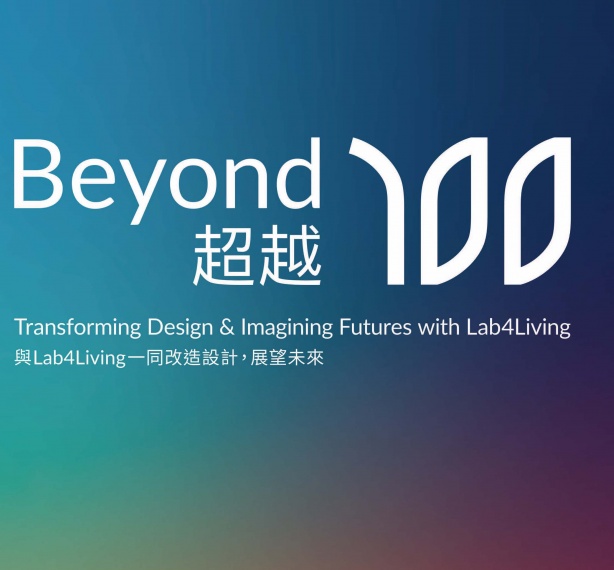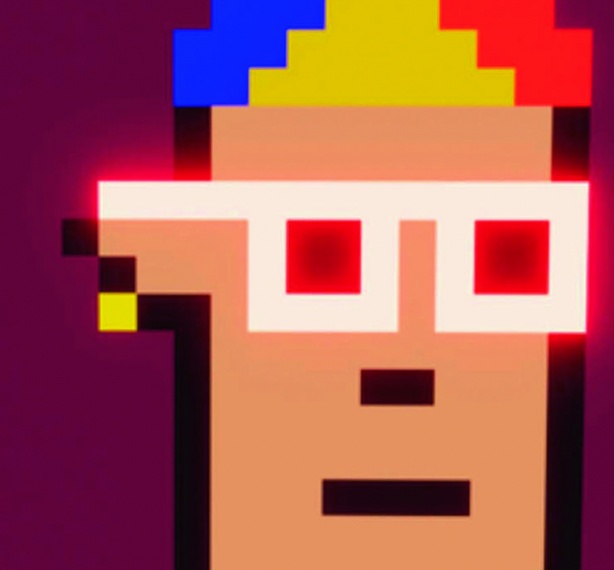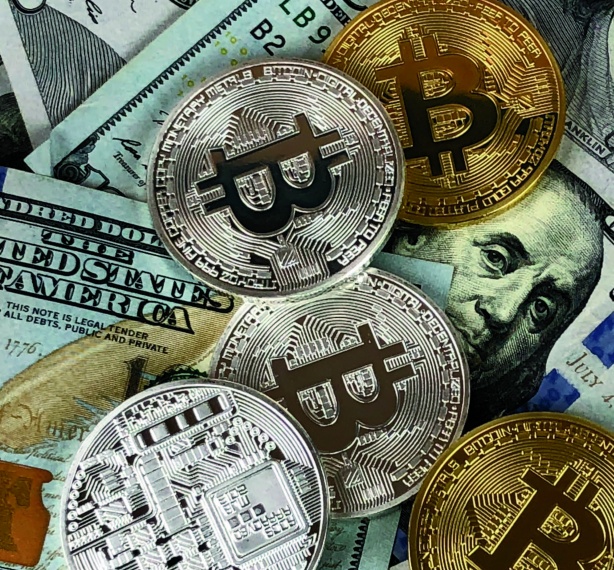NFT Gaming


|
Blockchain 2.0 became possible by storing information and even software applications on individual blocks within the blockchain. "Smart contracts" determine what each block is capable of doing, and dApps (decentralised applications) provide an intermediary service with the necessary authority to carry out the terms of the contract. Like an application on your phone or a web service, dApps are software applications. The difference is dApps run on the blockchain and have all the security, immutability and provenance inherent in this decentralised and open technology. Combining NFT assets with dApp decentralised applications will make it possible to replicate much of the functionality currently found on the internet, albeit with an added layer of trust and autonomy to carry out secure and verifiable actions via dApps. While there are undeniable teething problems establishing blockchain ecosystems, this new functionality is predicted to serve as the foundation for a new digital business model. It is a business model designed specifically for the digital economy, one that provides all the essential elements allowing trusted and secure business transactions to take place, and an inbuilt payment system to ensure automatic and frictionless payment. Having dApps running this digital economy opens a wealth of new and diverse uses for blockchain. DeFi, which stands for Decentralised Finance, is one notable usage which aims to disrupt finance and banking by decentralising who may lend money, to whom, and under what circumstances. Social media, ride-sharing and many more Web 2.0 applications are similarly threatened. How well these and other applications can be realised will play out over the coming years, but we can get some idea of the future by looking at the gaming industry, that is already moving to the blockchain. CryptoKitties CryptoKitties is an example of how to use NFT to gamify the collectables market, driving both popularity and profit. Emerging in late 2017, Crypto Kitties was one of the first games on the Ethereum blockchain. It is a collectables game, using a generative art process to create cute looking digital kittens, each with a unique set of features, dubbed "Cattributes" which are captured as an NFT. Dapper Labs, the company behind CryptoKitties, created a marketplace and a way to trade, and this is all wrapped up in the form of a dApp. Each of the characteristics and ownership of the kitties exists as a series of smart contracts on the blockchain and each kitty has its own unique genome. Players can auction off and purchase kitties as well as breed new generations of kitties from their own collection, rent kitties out for breeding, or put them up for sale on the CryptoKitties marketplace. While there is no clear objective to the game, the chance to selectively and strategically breed new generations of kittens stimulates competition amongst players for the rare and desirable Cattributes which command lofty prices in the marketplace. The prospect of making a quick fortune drove a frenzy in CryptoKitties soon after launch, to the point they clogged up Ethereum blockchain operation, as desirable kitties started fetching USD 6-figure sums in the marketplace. For many speculators, CryptoKitties had become an adorable version of Bitcoin, but a deeper change had also taken place. CryptoKitties was able to provide a mainstream usage for the Ethereum blockchain, and the game introduced new demographics and populations around the world to a technology commonly perceived as too technical and distant. NFT Gaming 2.0 The gaming sector economy has traditionally been a strong and important driver of digital innovation. The market is very large, and has been for a long time, and has grown significantly with the addition of mobile platforms in recent years. The growth of E-sports has also allowed a small band of elite gamers to earn substantial incomes. However, many more players eke out a living on major online games such as Fortnite and Second Life by making and selling digital goods and accessories for other players, or getting paid to help clear a level or gain some advantage. Such financial options for gamers has popularised the concept of Play-2-Earn (P2E), and opened up a range of income options for people of all ages. Gamers have been collecting virtual items for years, spending real money on their avatars and their experiences in the digital world. By incorporating blockchain payments P2E 2.0 has further increased ways to earn, and has made playing online games a viable source of income for some people. Typically, gamers are paid in the native currency of the game, which powers an entire in-game economic system. The additional step of converting game money to real money has significantly increased financial literacy of cryptocurrencies in order to cash out into a national currency. In contrast to previous P2E games, where only the most competitive tournament players could earn from their passion, now gamers earn just by playing in the emerging crypto-powered version of P2E. No game better highlights the possible future of blockchain gaming than Axie Infinity. Axie Infinity Inspired by Pokemon and Tamagotchi, and based on blockchain technology, Axie Infinity is a virtual gaming world full of adorable fantasy creatures called Axies which can be bred, raised and battled. The combat takes place between Axie, and the winners are determined by the type of Axie they are, and how their particular attributes stack up against their rival in battle. These attributes are part of the genetic code of each Axie, and breeding these creatures gives the progeny a healthy stir of the gene pool to come up with a new combination. Battles take place between teams of three Axie, and the winner earns a small amount of Smooth Love Potion (SLP) tokens, a form of game currency, which is needed to breed new Axie. Axie Infinity was launched in 2018 by Skymavis, a Vietnamese start-up company. It was created as a response to the limitations of CryptoKitties and similar blockchain games that had difficulty in maintaining economic incentives for the long-term growth of the gaming ecosystem. The game is based on P2E, and rewards players for the time and effort they put into the game, rather than the conventional gaming model of extracting as much money from each player. The SLP can be swapped for cryptocurrency and real-world currency on a blockchain currency exchange, allowing players to earn an income from their gaming. Additional income can also be made selling Axie you have bred on the marketplace, as well as trading other in-game assets including land, wearables, and in-game cryptocurrency tokens. Depending on factors such as the power and attributes of your Axie and the amount of time spent playing, it is currently possible to earn anywhere from USD$300 to USD$1000 a month just from playing the game. Moreover, it is possible to farm out Axie for other people to play and take a cut of their earnings, and even sponsor players without the initial capital to purchase the essential Axie to start playing. Axie is more than just a game, it is also a social network, and for increasing numbers of people it is a job, one that is helping people in developing countries such as the Philippines cope with financial hardship brought on by the pandemic. Using cryptocurrency as the payments system for games such as Axie automatically creates a business structure beyond the borders of any one country. A sign that the emerging digital economy is becoming a truly borderless global marketplace. The decentralised nature of such blockchain games, being run via dApp and associated technologies, is also fundamentally restructuring how the games are managed and how they develop over time. While a game such as Axie Infinity may start off as the domain of a single company, or core of developers, as the game grows in scale and becomes ever-more complex the industry trend is to decentralise the operation and transition to community-led management of the ecosystem. Players holding a game's digital assets as NFTs, as well as associated cryptocurrencies, allow them to go from being passive players in a game to becoming shareholders, with a financial stake in the future of the game. Not only do dApps facilitate the operation of a game, but they also allow player "shareholders" to directly contribute through proposal mechanisms and voting mechanisms that can build consensus on a particular standard or development. Increasingly being referred to as community-based gaming, it is a trend that will only grow stronger as the online gaming world blurs the line between real-life and virtual-life in the massive online Metaverses that are growing on the internet. |
Others

Latest News | 30 March 2022
Beyond 100: Transforming design & imagining futures with Lab4Living

Latest News | 30 March 2022
The Parametricism Era Interview with Patrik Schumacher, Principal of Zaha Hadid Artcihtects

Latest News | 30 March 2022
Purpose- Oriented Design Interview with Dr. Peter Zec, Founder and CEO of Red Dot

Latest News | 30 March 2022
ARTS TECHNOLOGY: The Future of Film-making

Latest News | 30 March 2022
Designing for a Non-Fungible World

Latest News | 30 March 2022
HKDI NFT Forum and Design Sprint 2021

Latest News | 30 March 2022
The Metaverse

Latest News | 30 March 2022
Alternative NFTs

Latest News | 30 March 2022
NFT in the Marketplace

Latest News | 30 March 2022
Crypto Collectibles

Latest News | 30 March 2022
NFT ART

Latest News | 30 March 2022
What can NFT do now?

Latest News | 30 March 2022
What is NFT?

Latest News | 30 March 2022
Rethinking the Everyday: Fungible NON Fungible

Latest News | 30 March 2022
A View On Young Designers' Inspirations

Latest News | 30 March 2022
A View On Young Designers' Inspirations

Latest News | 30 March 2022
A View On Young Designers' Inspirations

Latest News | 30 March 2022
Opening of HKDI Centre for Communication Design
